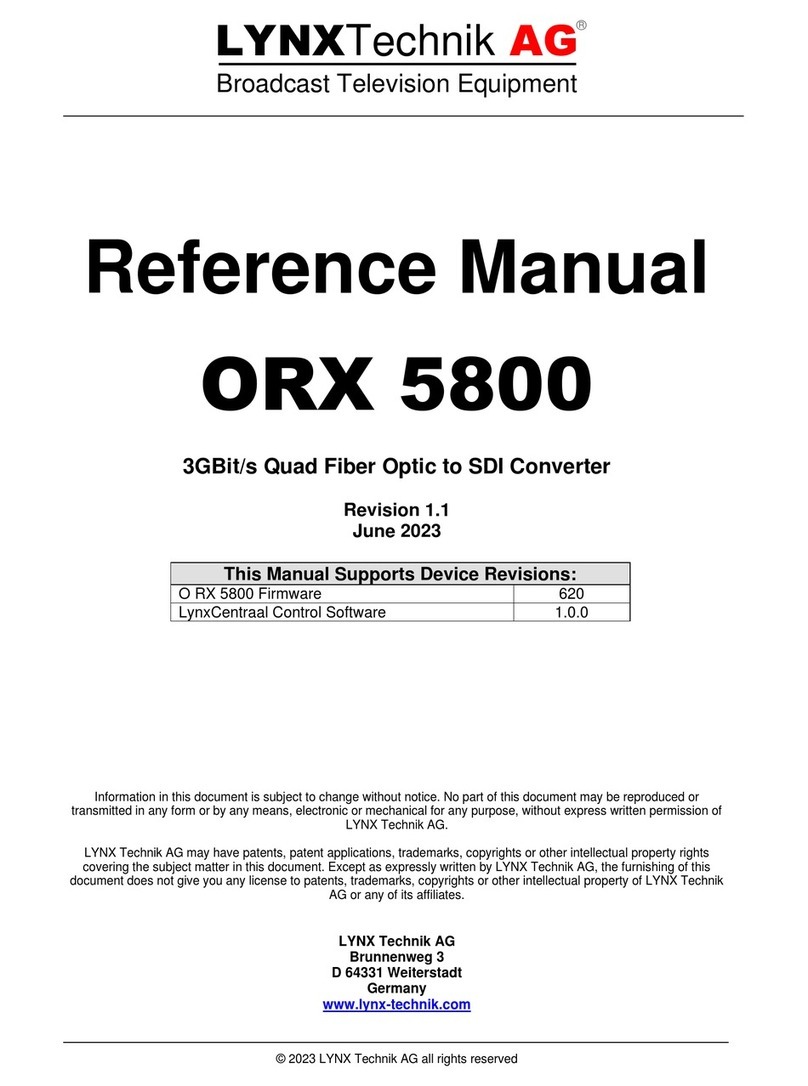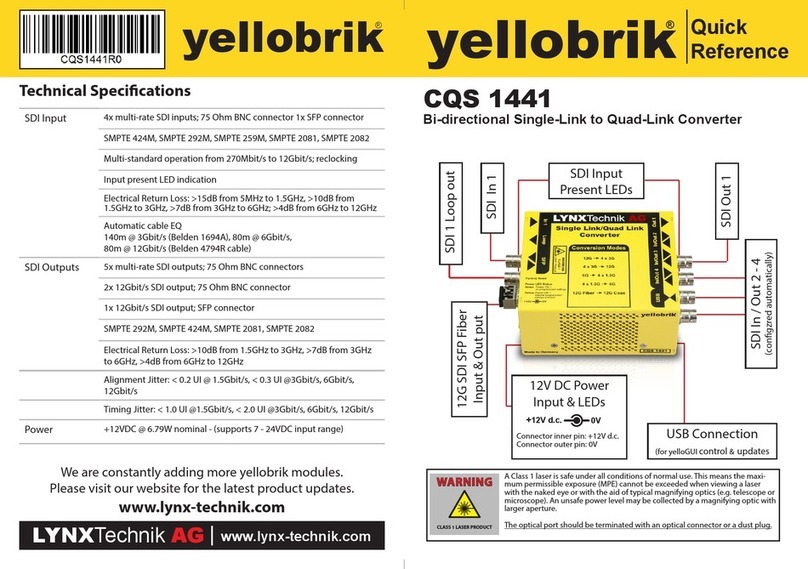
C MX 5710 Reference Manual. Rev 1.0
Page 2 of 36
Contents
Contents ...............................................................................................................2
Warranty ...............................................................................................................4
Regulatory information ........................................................................................5
Europe......................................................................................................................................... 5
Declaration of Conformity ....................................................................................................... 5
USA............................................................................................................................................. 5
FCC 47 Part 15....................................................................................................................... 5
Getting Started.....................................................................................................6
Packaging.................................................................................................................................... 6
ESD Warning............................................................................................................................... 6
Preventing ESD Damage........................................................................................................ 6
Caution.................................................................................................................................... 6
Product Description .............................................................................................7
Functional Diagram ..................................................................................................................... 8
Connection Panel and Module Layout........................................................................................ 9
Connections .............................................................................................................................. 10
Video..................................................................................................................................... 10
Sub-D 25 Pinout.................................................................................................................... 10
Video Processing ...................................................................................................................... 11
A/D Converter Functions....................................................................................................... 11
Proc Amp Functions.............................................................................................................. 11
Aperture Correction............................................................................................................... 11
Test Pattern .......................................................................................................................... 11
Programmable Video Output Delay...................................................................................... 11
Audio Processing ...................................................................................................................... 12
Analog Audio Inputs.............................................................................................................. 12
Digital Audio I/O.................................................................................................................... 12
Processing ............................................................................................................................ 12
Frame Synchronization ............................................................................................................. 12
Installation .........................................................................................................13
Local Control and LEDs......................................................................................14
Switch Settings........................................................................................................................ 14
Alarm/LED Status Indicators..................................................................................................... 15
LED: Video Status................................................................................................................. 15
LED: Audio Status................................................................................................................. 15
LED: Local / Remote............................................................................................................. 15
Alarm LED............................................................................................................................. 15
Power LEDs.......................................................................................................................... 15
Control System GUI............................................................................................16
Overview ................................................................................................................................... 17
flexGUI path highlighting and signal patching ...................................................................... 17
A/D Converter Control........................................................................................................... 18
Frame Synchronizer.............................................................................................................. 18





























